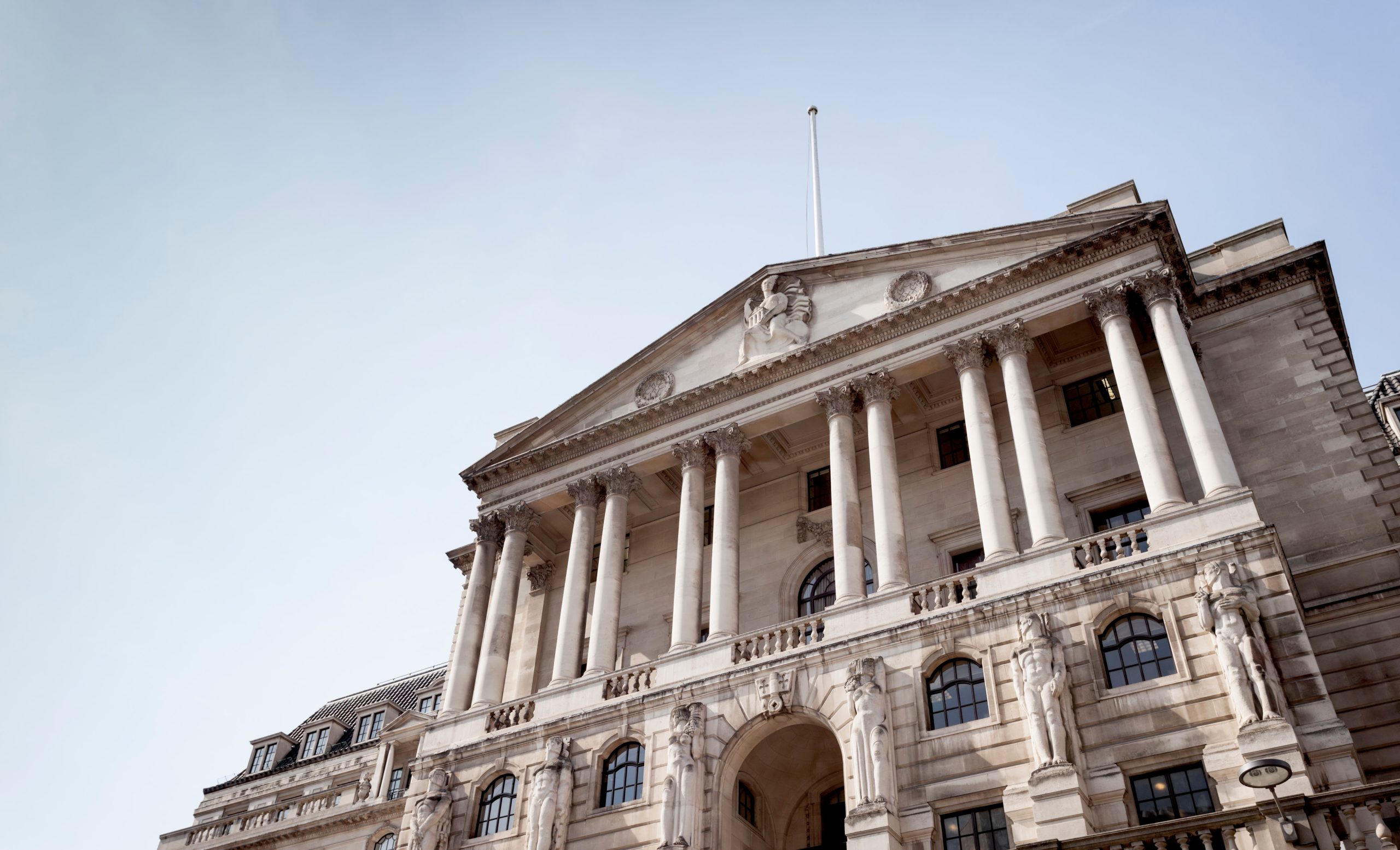Inflation readings have remained sticky and where there is improvement, it is extremely gradual. The battle between demand pull and cost push pressures seems to be heading in the right direction, but frustratingly, it is happening at a snail’s pace. Despite this, there are signs of hope that the peak in inflation may well now be in sight across the major economies. This view is shared by many private sector economists and central banks themselves, who are projecting lower inflation over the next few months. Investors are nervous and wary of the threat of further supply disruptions and ongoing labour market tightness. The forecast is for inflation to ease over the next few months and only move below target late in 2023 before stabilising below or at target in 2024.
Monitoring inflation inputs is integral to our macro analysis, particularly in the US, and this provides some room for hope.
- Money supply growth (M2) has eased considerably in the US.
- The New York Fed global supply chain price index fell to 1.05 in September, marking a fifth successive decline.
- Commodity prices have been heading lower across the board. Oil, natural gas, industrial metals, and agriculture are all well off their peak levels. The US gets the full benefit of the declines, given the strength of the dollar. But other countries also benefit.
- Freighter and container pressures have eased considerably and are heading back towards pre-COVID levels. Lower demand will help in coming months.
- Survey-based inflation pressures are also easing. The ISM Prices Paid Index fell for a sixth successive month to 51.7 in September, from over 80 in April.
- Inflation expectations that are closely watched by the FOMC have also edged lower.
Nevertheless, the main areas of concern that may well keep the Fed on its current trajectory through the next quarter:
- The labour market remains tight with a gradual easing in job openings (JOLT) and lower payroll growth (the 3-month average eased to 371k in September down from over 600k at the start of the year) but still with an exceptionally low unemployment rate.
- Payroll growth is expected to ease further in coming months, with some forecasters looking for negative prints in Q1 2023.
- Wage growth (5% yoy in September) remains higher than pre-pandemic levels. The service sector is of particular concern given labour shortages across many industries, such as hospitality and retail.
However, waiting for a turnaround in the labour market is fraught with danger as it is a classic lagging indicator and once it moves it can remain weak for a prolonged period. Interestingly, the FOMC is now projecting a higher unemployment rate over the next year, with some private sector projections rising to 4.7%. The added danger of a lagging indicator is that it seeps into consumer demand and acts as a further restraint on growth.
To find more about the latest house views from London & Capital’s Investment Desk, read the full AndPapers Q4 2022 here.




